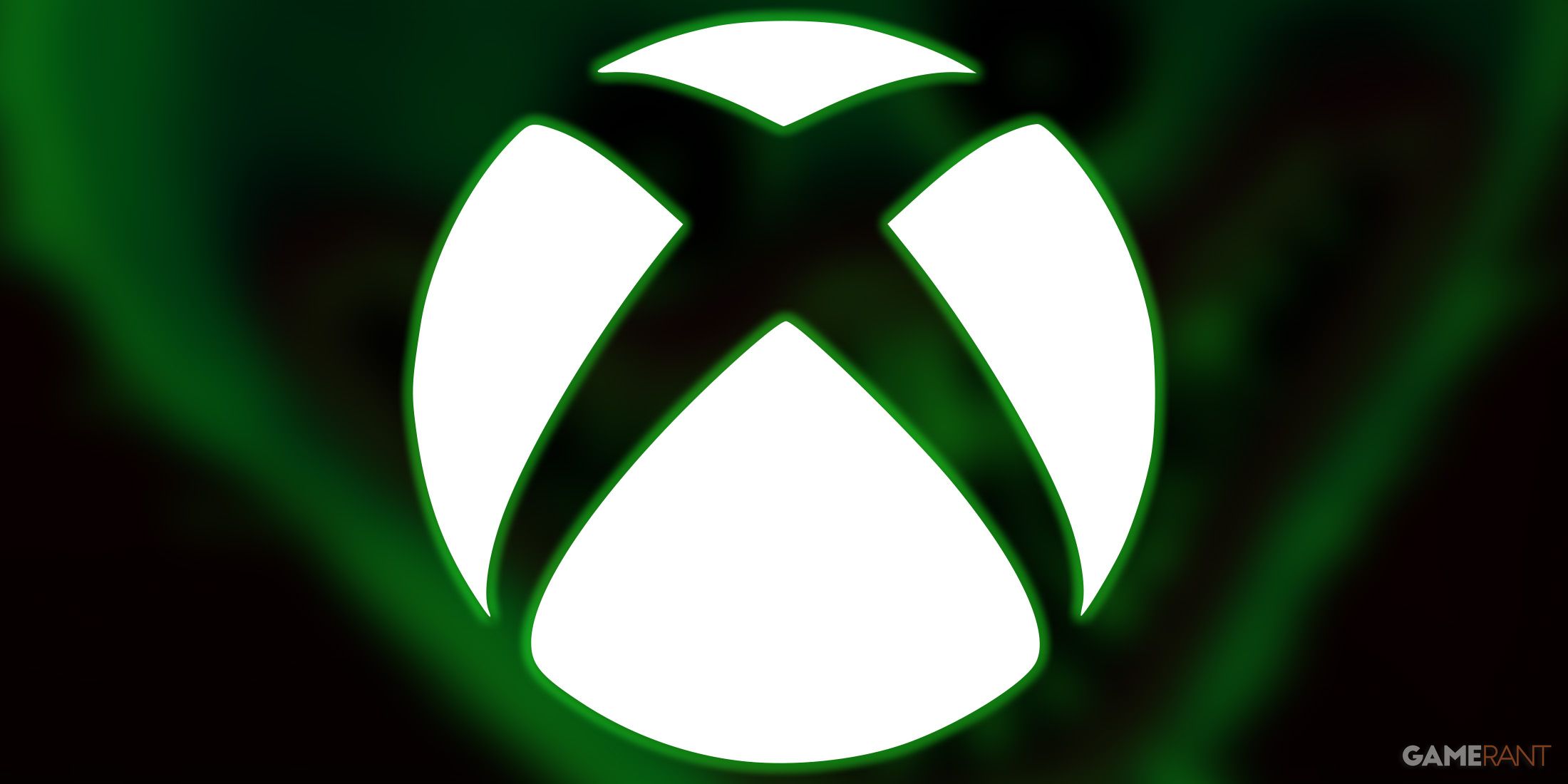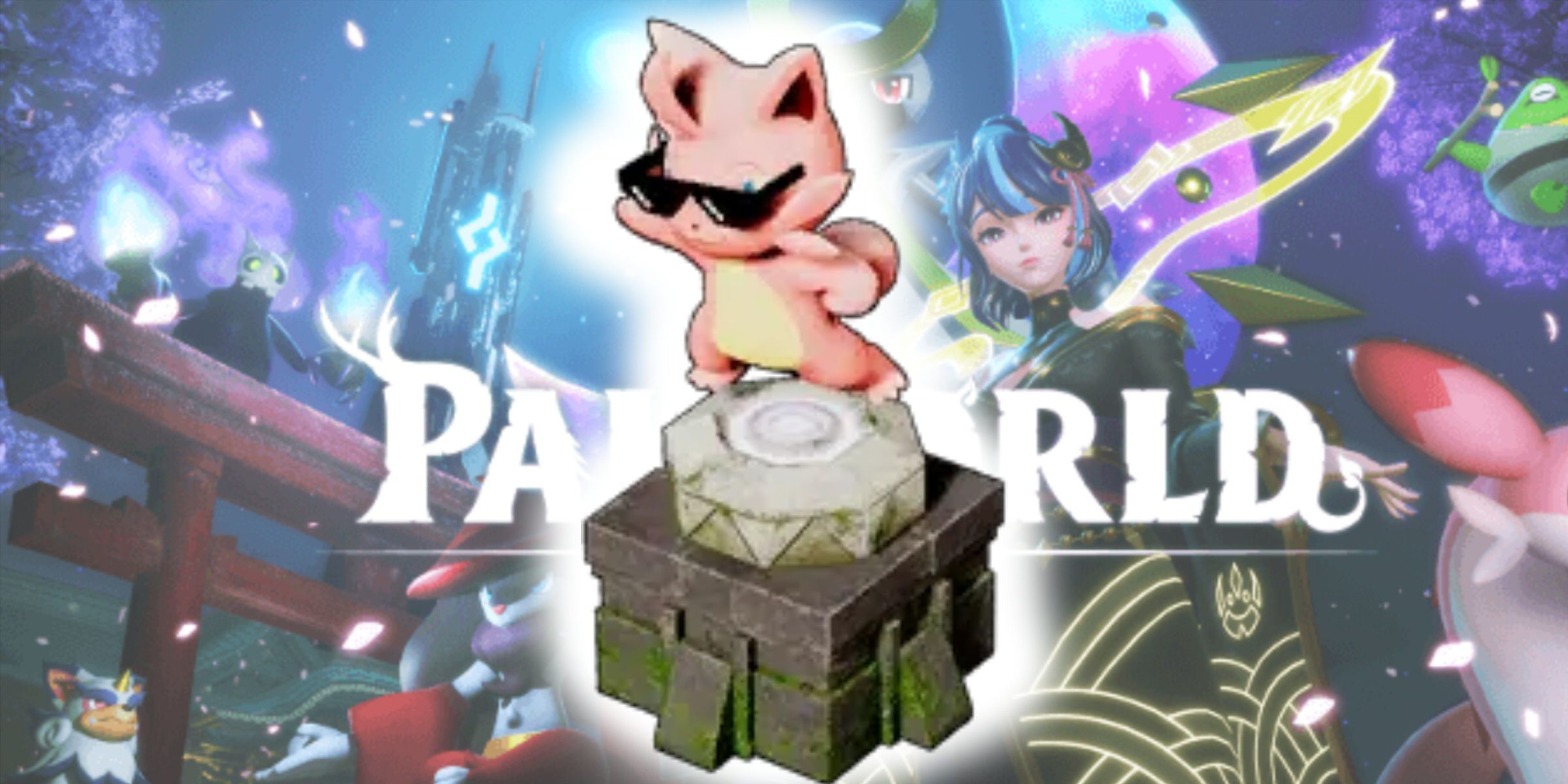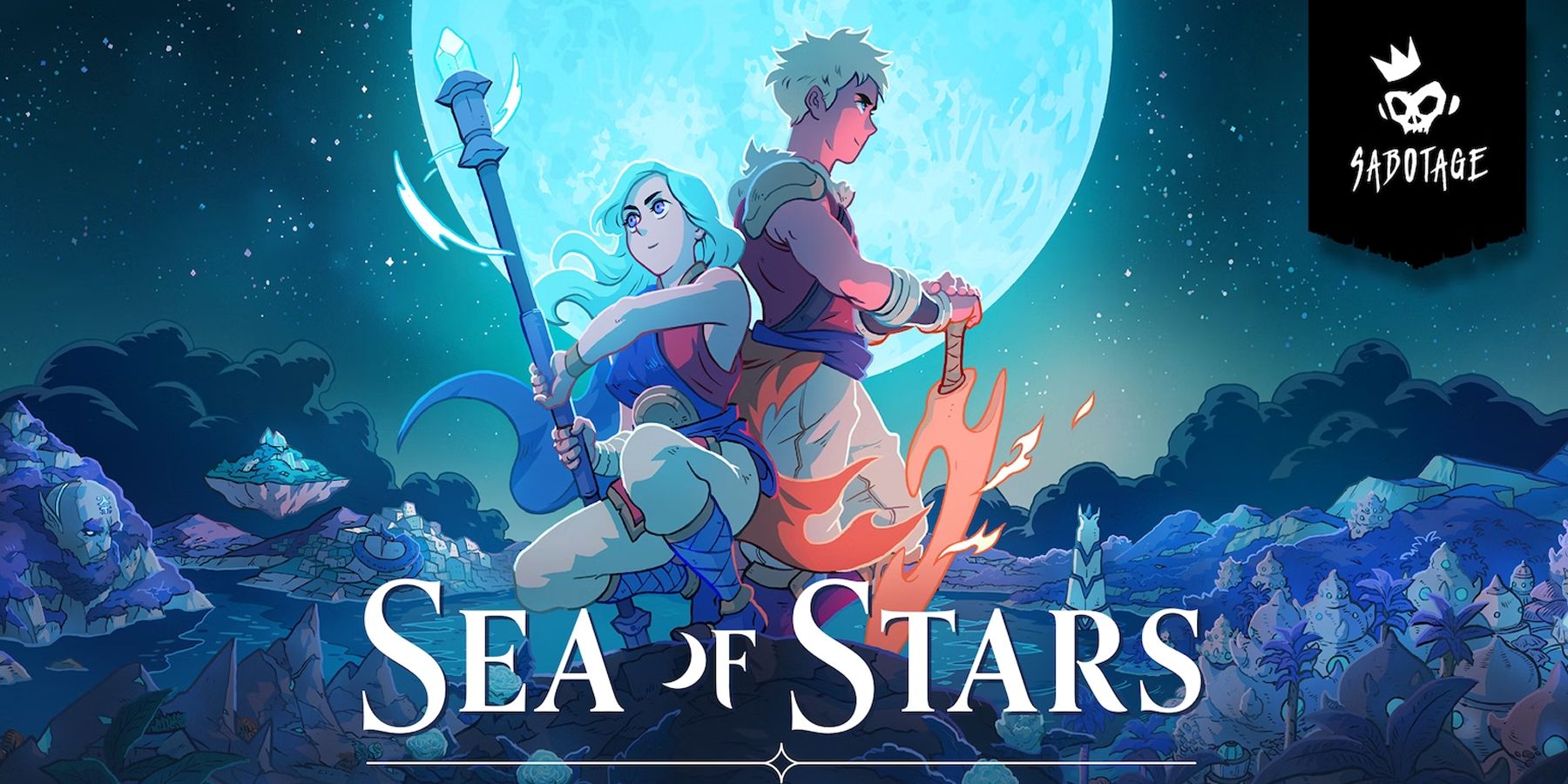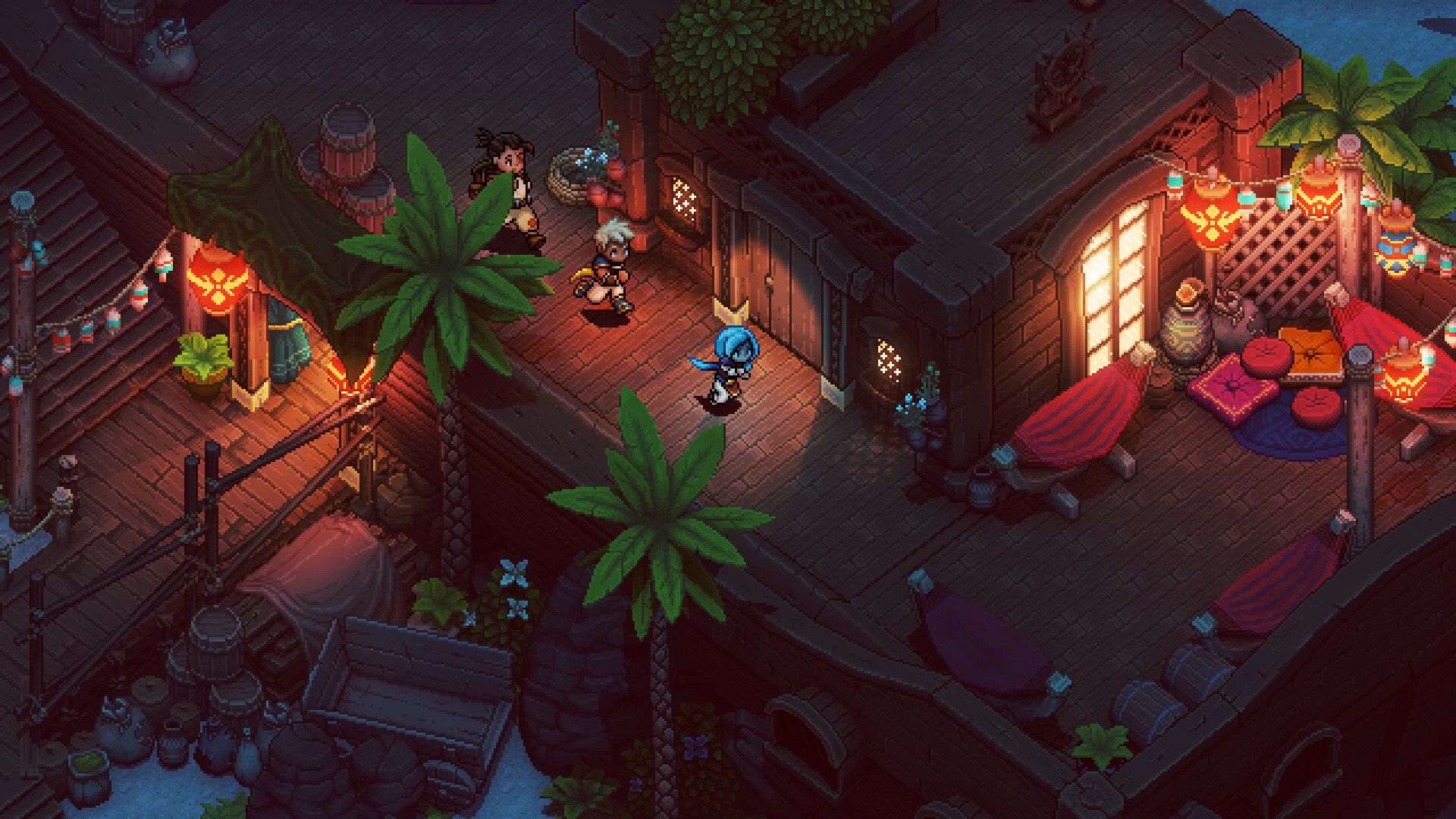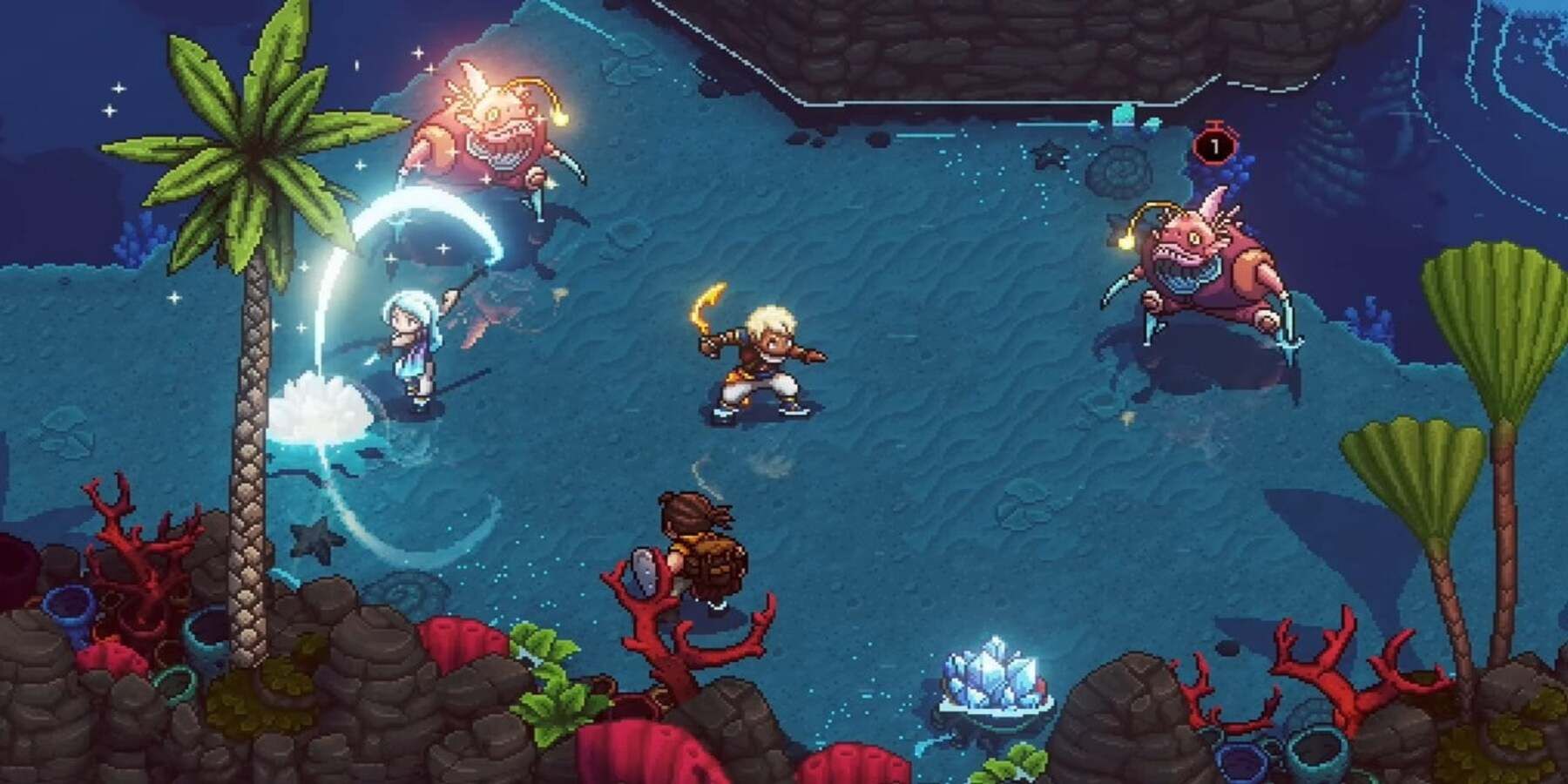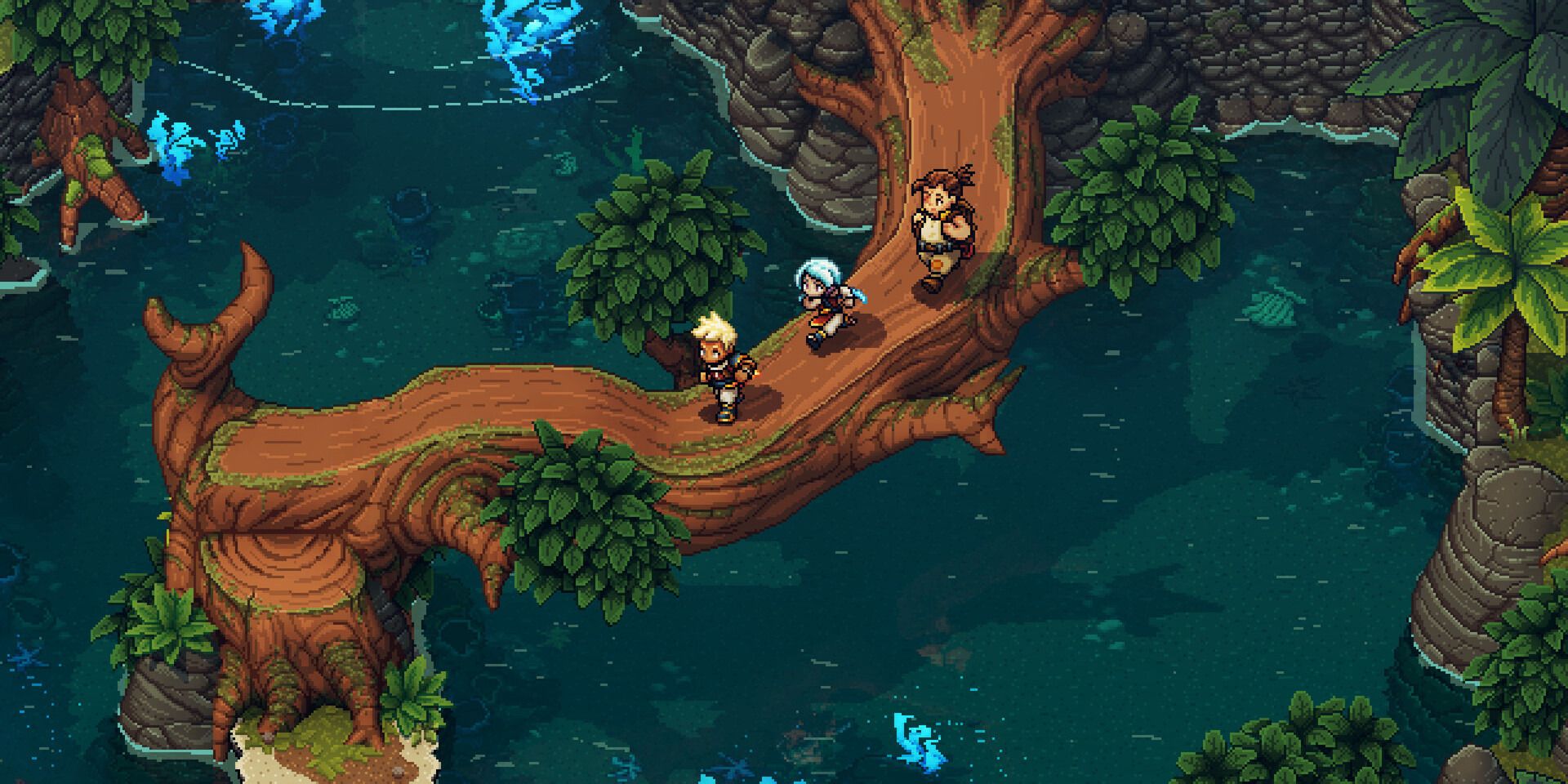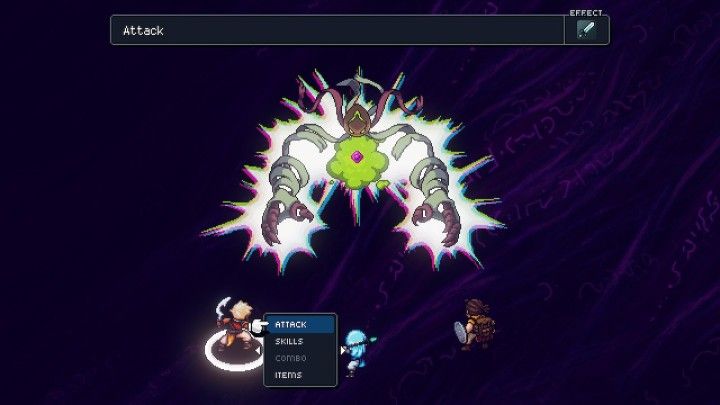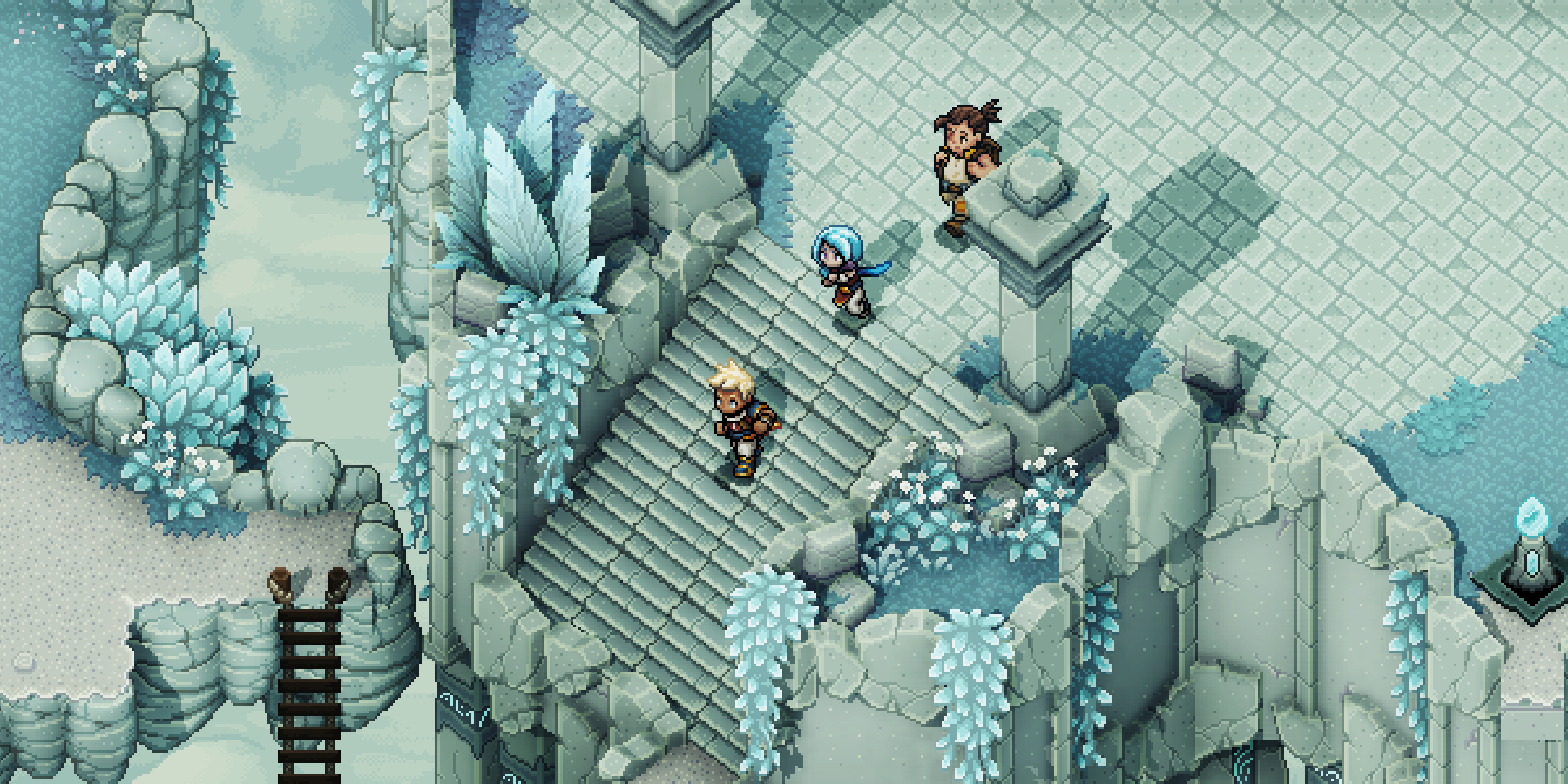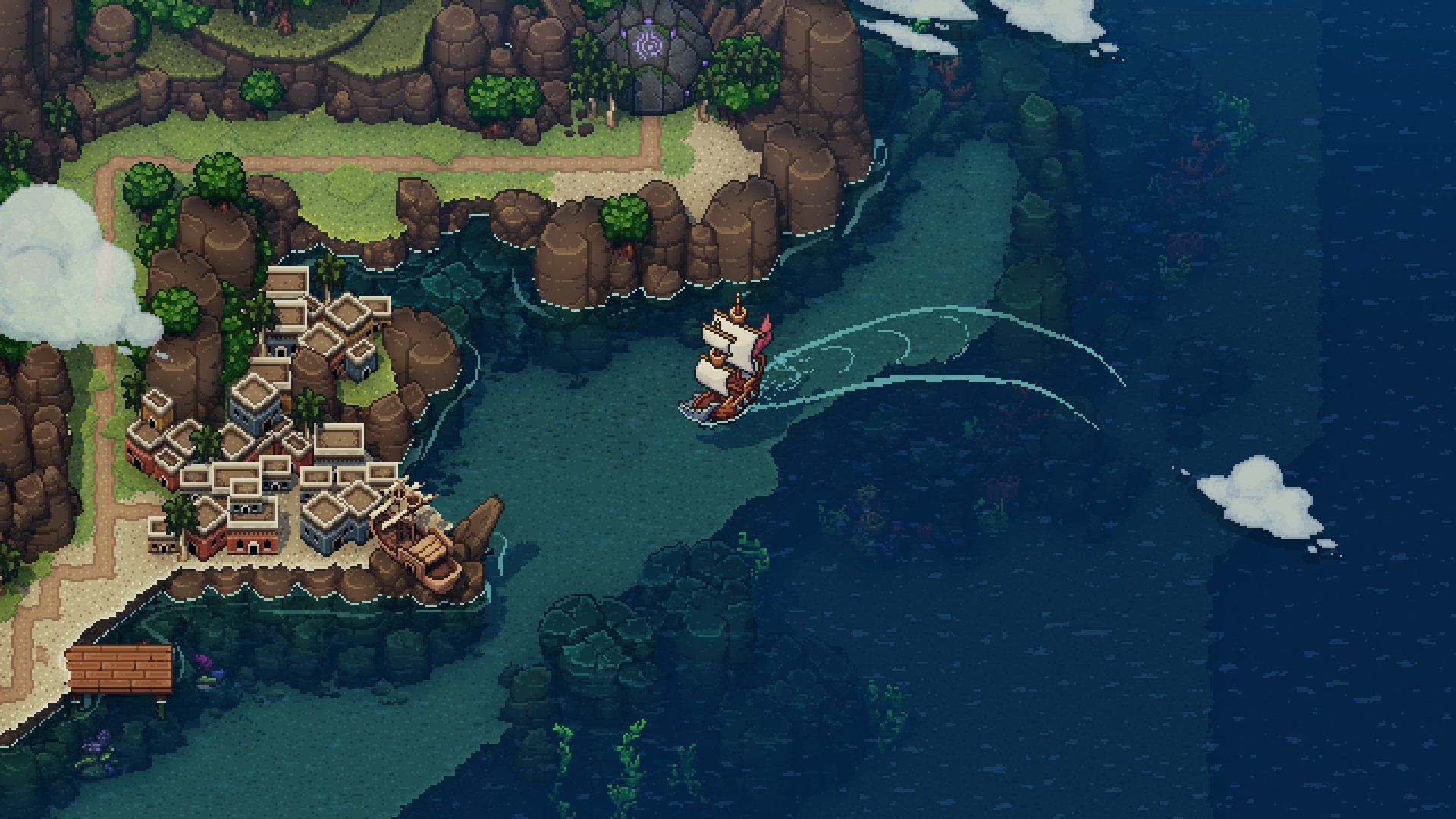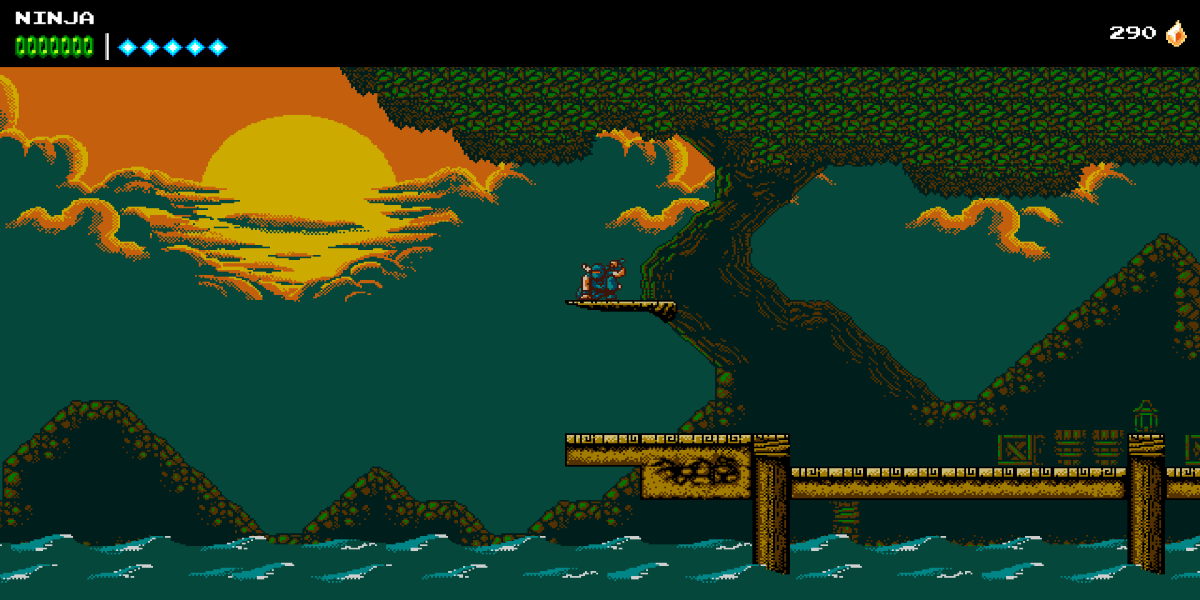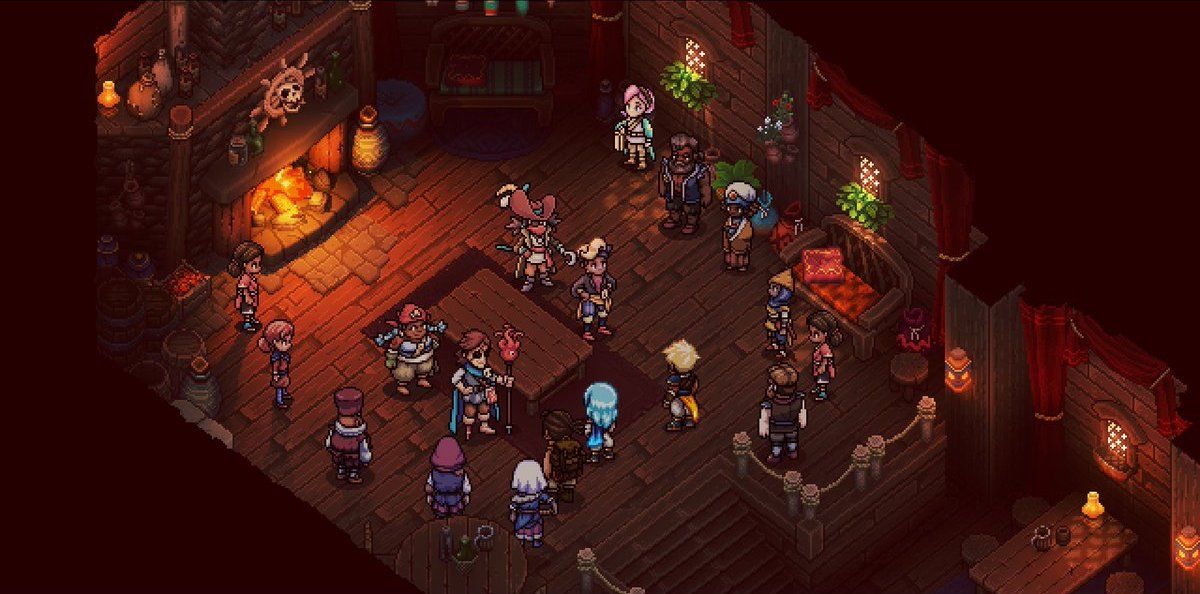Sea of Stars, the second major title for indie game studio Sabotage Studio, released its first official demo on February 8, 2023. The game takes a modern approach to the classic RPG systems of the '90s, and the game promises to be a breath of fresh air for fans of the genre.
Game ZXC recently spoke with Sabotage Studio CEO and Creative Director Thierry Boulanger about the development process, inspirations for the game, reactions to the Sea of Stars demo, and more. The following transcript has been edited for clarity and brevity.
Q: Were there any main gameplay features or aspects of the JRPG genre that you wanted to make sure that you kept in Sea of Stars, and were there any that you knew that you wanted to expand on or innovate on?
A: Oh, for sure. So before we work on any game at Sabotage, there's this idea of ‘okay, here's the genre that we're looking at, that we're going to be working on’ – our previous game was an action platformer, and it always comes from a list of the known irritants or things that we feel we could improve upon enough to kind of give us enough of an excuse to be like, 'hey, here's a modernized take.' Part of this is, of course, playing on some of the tropes or some of the things that you would expect from a certain game, and then some of it is ‘how do we reinvent some of the things that didn't age well’, you know? It could be 'oh, the lives and continues system', how do we rethink that for modern players?
In the case of Sea of Stars, when it comes to the narrative, the gameplay, and everything, even though the retro roots are very real, we still wanted to kind of do the next iteration, because that’s what we're shooting for. I mean, we can't make you be 10 years old when you play our game, that's the one thing we can't do. But we can make you feel like that, if the game feels the way you felt while you played these classics that you kept close to your heart, which is usually who gathers around our games. What we're shooting for is a game that is as good as your memory of those games. However, if we made games that were exactly like those games, then well, you don't miss the stiff controls, you don't miss the unfair difficulty spikes, you don't miss lengthy bits that just add playtime but don't really meaningfully impact your experience. It was around this whole idea of ‘what can we look out for to make this a worthwhile pursuit creatively?'
A big one that was just everything around the traversal. You know how with old RPGs, you are always bound to the tile set– bound to the grid then you move one step at a time, which we did for the world map as a call back to those games and those kinds of control. That's how you control your character on the world map. But otherwise, we wanted to do what we call 'unshackling the traversal.' So the fact that you can hoist up, jump up from anything, exit in and out of the water with no clear transition between entry points and exit points– everything is organic, making it more of a world that you can touch. That was definitely a big one for us, that seamlessness.
Another big one was everything with the enemy systems and how enemies appear. It's not random encounters, they just appear in the world, so all the levels are designed to kind of be able to contain that in a way that feels organic. Then, by physical contact, you trigger combat, which also happens in the same areas where you navigate. In this way, everything feels kind of connected. It's like you're more actually there if that makes sense.
Q: Definitely, I remember when I was playing the demo, it was surprising to see that you could move around so freely. You talked about games that people played when they were kids, and that sort of JRPG feeling that you want to recreate, were there any games specifically that you guys had in mind when you were first planning?
A: Well, it's hard not to mention Chrono Trigger. Obviously, though, we try to leave that for the player to mention if they feel like it's a relevant addition to that vibe. But absolutely, for us the '90s were like the big era of gaming, or at least this was where most of us on the team grew up. So yeah, Chrono Trigger is a big one. If you look at everything, SNES is essentially the ballpark–so you can look at Lufia and Illusion of Gaia is another one. I remember jumping off the roof in that game was a big one. It’s just a feeling that we kind of took further. And obviously, Super Mario RPG, the Paper Mario games for timing the hits and timing the inputs.
The idea was, ‘let's put together all these things’ because it seemed like no game had it all, you know. They each had very cool ideas, and it's like, ‘oh, but what if all these things kind of came together.' And as I was growing older, when new RPGs were being announced, they were less and less like these classic approaches to the gameplay systems. So I feel like we kind of always kept missing out on the one game that ticks all the boxes. Obviously, that's all subjective, but that's now what we get to make, essentially.
Q: Are there any specific features or details from the demo that you're hoping really stick with players specifically?
A: Well, I think the vibe and the kind of energy around the game. The way the game behaves and feels, that kind of speaks for itself. The idea that there's magic in the air and there can be intrigue, but also it's mostly about friendship and it kind of also feels a bit like an escape and a vacation. Based on the comments that we got, it feels like that is happening.
A demo is a bit of a risk, because with a demo, you just drop people in. If you do the proper intro as you would in the main game, then it's mostly exposure, and it feels like the game is boring and doesn't have that much depth in the system. It's kind of finding this mix of having enough depth for you to have something to contend with, and understanding that when it comes to the gameplay, once we go to the forest instead of the lake, there's going to be something cool going on there as well. But I think that the main takeaway was the attention to detail that we put into the animations and the gameplay, and how it feels to be controlling your character in that world. And it seems like that was communicated, it seems like that made it through to the players, for the most part. So we're pretty blessed with the responses right now. We're really happy about it.
Q: You mentioned friendship, and storylines surrounding that concept. I was wondering if you could tell me a little bit more about the main storyline for the game, not spoilers per se, but any themes or motifs that you're hoping will resonate with people that they might have not gotten to see already?
A: Right, right. Well, that's a bit harder to get into, because we're kind of keeping things under wraps on purpose. But certainly, the premise is that your two main characters Valere and Zale were born each on a different Solstice. So they are the moon and sun, and then that combines to get Eclipse magic. When the game starts, you're actually little kids in the Town of Moon Cradle, which is where all these magic children are brought. Then, the village comes together, and when they're of age for training, they go through that in this sort of school in the sky. We go through all of that in the game, and we learn to use magic and learn to fight. All of that will also be tutorializing through the story, right, in a more hands-on way.
That was another curse from the demo. It's like, ‘read the slides and then deal with something that's more mid-game.' It grew on people as they sat with it a bit more, but the main game will be addressing that. In the demo, we have Garl, right, who's not a magic kid. He's just a regular kid from Moon Cradle. But they became fast friends, and they became best friends. And they always said, 'one day we'll all leave together, and we'll have adventures throughout the world because that's your job, and I'll be with you to support you, and I'll be the warrior cook'. This is very much the foundation for everything that happens– it’s the premise.
It's understood that these two are meant to fight some pretty gruesome things that are called the dwellers: they're the big evil creatures that become vulnerable only during an eclipse. There's only the one left that is known, and our mission that’s kind of hinted at in the demo is, ‘oh, we need to get to Wraith Island in time for the Eclipse’. So it’s kind of like, ‘we're done with our training, we left our hometown, the starting Island, and now we have to figure this out ourselves. Find a boat, right? We have to get there. And the final step of our training is getting there ourselves for that big moment.' It's kind of all building up to that. That's kind of where we're at with the game at the moment. It’s these three friends with an understanding of a bigger arc that is about to happen, and we're kind of ramping up to play our role in that situation.
Q: So the demo had those three main characters, and I think I read that they're planning to be more party characters. So the demo had solar magic and lunar magic, and sort of Eclipse magic. Are there any other elements that are going to be included in the combat system? Or is it going to focus on solar and lunar?
A: Yep. So there are six playable characters in total in the game. That's something we're saying, so people understand like this is not Final Fantasy 6 where you get, I don't know, 25 or something? Because we're looking at each of them having very bespoke animations. You've seen it with the skills that we have in the game, and the way they combine and everything, it’s all really handcrafted. When we add a character to the roster, it's like, ‘here's a set of moves that adds to your kit in terms of damage types and damage patterns, and the way they combine with other moves to give you options.'
We're playing with little numbers on almost everything in the game. By the time you reach the final boss, 300 damage will feel like it's a lot. We're keeping it manageable, so you understand if you're spending 60 Gold on something that's still meaningful, you're not going to end up with nine digits in your wallet, and then shopping essentially becomes 'do I have more digits in my wallet than there is on the item?' It’ll be more like, ’oh, I made 200 Gold, I understand what I can do with that.' It's all about that tactile feel of the world, which is in the game plan and the systems as well. As we add more characters, some of them also contribute new damage types to what you can do. We have six damage types total in the game; there were four already in the demo. You had attacking blunt with weapons like the hammer, which was Garl and Valere, then you have attacking with a blade, which was Zale. Then we have Sun and Moon, and there are two more besides that.
The idea is that you can probably picture how this expands and extrapolates the lock system, right? Because if you say 'no, Valere is my main character, and she’s the one I'm always going to use, I want her to be my heavy hitter and my big damage dealer,' there's going to be a moment where you don't need any Moon damage or any blunt damage, and you still want to do something about the situation. When balancing, what that helps us do is get the different lock, and how the enemies synergize with each other, and with tiny random factors, it means that you will always have situations where another character that maybe you tend to use less or you were less inclined to use when you got them, it's their time to shine because they're the ones that are the key for whatever pattern you need to cancel the big move from the boss that you don't want to take. And so this just creates this dynamic where you're changing, and you just see variety in everything that happens on the battlefield.
We have the low MP count on the characters, and things seem to cost a big portion of that. But since you get some more back when you attack, you feel like ‘well, if my bar is full, I'll use it because I'm wasting my regeneration.’ So it's to prevent these kinds of things where it's like, 'I'm never going to use magic throughout the dungeon.' At the boss, you can't just be spamming your same spell, because you're out of mana so fast that you have to pace that with other attacks and other moves, and it's really just to create a dance where you just feel and you see more variety as you as go through the motions of the rounds.
Q: So in relation to that, are there any gameplay features that are not in the demo that you're most excited for people to try out?
A: I'm most excited about...We feel pretty good about sailing. It's probably what you'd expect, but because the game takes place in an archipelago as you saw in the demo, every island in the game has a clear theme with its own landmarks, and a name that fits how the with the place feels, so you’re sailing around a little world where each island has its mysteries and things to unravel. The demo is on Sleeper Island, so you have the big sleeper and reasons why it's magical, and so on. So yeah, I’m definitely excited for people to see more of that and see more of those high concepts because the reality of still being pre-launch is that we've barely shown things.
We're looking at the comments sometimes, and we're like, 'once they see this, once they see that,' but we have to keep that under wraps for now. I think the exploration, the discovery, and the way the story has been paced will shine. Because some of the comments that we're hearing on the demo are, ‘it was fun to discover when to block and when to time against the enemies. But by the end of that dungeon, I’m thinking if I'm fighting these creatures again later, it's going to become a bit of a drag.' Well, that's exactly the point– you don't. For every single dungeon in the game, we have bespoke enemies that we crafted that are used only there. We pay close attention to the setting that makes sense for them. We combine, and once we've kind of gone through it and it feels like it makes sense, we move on. There are not like five forests in the game, you know? There are not three ice caverns. Once a biome or a theme has been done, we move on to another clear-cut, self-contained idea. So that journey, I mean, we'll see, but I’m definitely looking forward to seeing how people feel about it.
Q: So you mentioned comments, has there been any reception or feedback from the demo that you weren't expecting?
A: That we weren't expecting, I think the answer is no. We were expecting people to ask for clear tells on when to time their hits or time their blocks, which I understand with a party of three, and when you’re further in a dungeon, that can be a bit challenging and daunting, especially when you already have a lot of skills. But if you look at the context of the full game, where you only have the one character you picked for a few minutes at first, you're forced to attack, then you’re forced to do a spell, then you play as the kids for a while, you get things one by one, and you learn new skills as you go. It's kind of all-paced in a way that will be more easily digestible. You learn it through the story eventually. I think all these things, once properly paced and taken in, will make sense.
The thing about a tell on when to time your hits– it was a very deliberate choice to avoid that because we're trying to do something that's as immersive and seamless as possible. If we just give you this UI thing, it just becomes a quick-time event. And no matter which enemy or boss we put in front of you, you're just waiting for your UI prompt to do the same thing you did every other time. Whereas what we have now makes you pay attention, and you press the button when it feels like it’ll connect. It creates a sense of making you a bit more aware of the action, and the other upside to that is if we present a new enemy, well, then it's also a new challenge. It’s a new animation to pay attention to and to figure out that you may miss a couple of times. That challenge renews itself, instead of still being yet again the same problem. I will say though, that a lot of people were asking for clearer feedback that you did pull it off, which seemed to be unclear for some of the players. So we are looking at that.
Q: Sea of Stars takes place in the same universe as The Messenger, your last game. What inspired the decision to make another game set in the same world rather than an entirely new universe?
A: I don't really have an answer for that. I've been building this fantasy world in my head since I was in elementary school, and we're just basically telling some of the big arcs of that whole thing. So it's not like we made The Messenger and then thought, ‘hey, let's reuse that setting’ or something. It was kind of always that Sea of Stars was always there. And what comes before and what comes after is already there as well, we just happen to be telling this specific chapter in this order. So that was kind of always the plan– let's make a studio and all the games happen in the same universe.
Q: So can I ask what have been some of the main differences between developing The Messenger and then developing Sea of Stars?
A: Oh, for sure. Well, the main difference was, for Messenger, we were a startup, you know? With Messenger, it was like, ‘if 60 people that I've never heard of buy it, I'm going to lose my mind.’ You just don't know what’s going to happen until it becomes bigger than you, and you don't know if it's going to happen at all, right? It was just, here's this creative drive with friends of mine that I made in the industry, and we're all kind of cut from the same cloth and we want to work together. Phil's friend the other day said, 'you planted a tent, and it became a village'.
It was just, we feel like making this, and anyone you would talk to would say 'not another ninja game, there are thousands', but it's like, ‘I don't know, I still want to make this one.’ I mean, there's time travel! Come on! Maybe! And it was more like an off our chests kind of approach. Like, this just needs to happen. It doesn't come from market research, it came from ‘we're all really excited about this, we care to make this full time till it's done, and we'll see what happens.'
And so we're following that same thread for Sea of Stars. One big difference, though, is that it's four times the studio size, right? It's four times the employees, so basically everything is times four, in terms of budget, in terms of production time, in terms of hype as well, which is also good. This is also why it's so great to have my partner Phil, who's a co-owner with me, but he's more into the executive producer side. He’s checking in with all the partners, making sure all the tools we need work, prioritizing all the tasks, you know, so I can still just focus on writing and obsessing over gameplay mechanics, and we can grow this business to be bigger.
It's mostly a journey and a tale of friendship within the studio, as well. This is just us having fun together. Then we kind of distill how it feels for us to be together and share ideas into something that people can experience.
Q: So that hype while you're developing, does that feel more encouraging or stressful?
A: Hmm, I think it's like when you have this friend, and you're like, 'ah, this person is so good at that, if only people knew! If only people could see it, why am I the only one appreciating this?' right? And I think that's true for a lot of people on the team is that we kind of feel like that about each other. I'm thinking of Miko right now, who's leading our environment art– I would say department, which is really two people, but it was just, you know, he's an unstoppable machine, right? All the environment, everything that's a pixel on the screen, that's not a character, is basically his. But being more of an introvert, he will never just go out and be like, 'hey, look at my art, don't you appreciate my art,' but the fact that we can create something, build hype around it, and combine it with good music, and hopefully, an OK story and then suddenly thousands of people appreciate that art.
So now the game is, to be a bit corny here, it's a bit of a museum, right? You kind of put together all these things, and people can look at all of what we believe is worth looking at. And then people can go like, 'yeah, this is cool, I'll actually show it to my friend,' you know? Yes, I think that that's a big driver, certainly for at least for me, but I think for Phil, as well, and a lot of people on the team feel like that as well. So hopefully that energy comes through in the final game.
[END]
Sea of Stars' demo is available now on Nintendo Switch.

